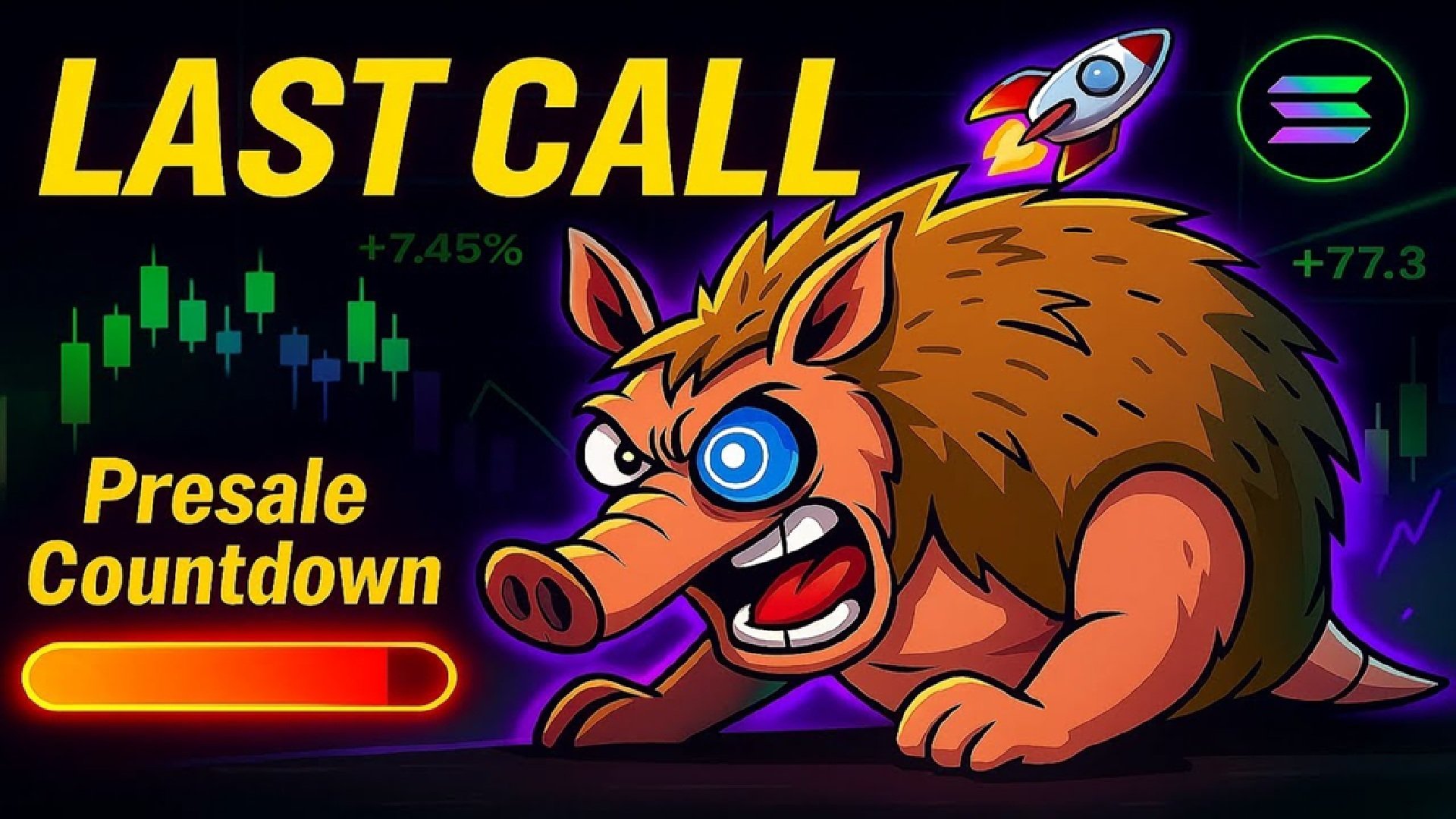DONETSK OBLAST, UKRAINE: A Ukrainian soldier looks out from a Marder Infantry Fighting Vehicle.(Photo by Roman Chop/Global Images Ukraine via Getty Images)
Global Images Ukraine via Getty Images
When a Russian Lancet drone struck a local TV news crew’s vehicle in the eastern Ukrainian city of Kramatorsk last month, it killed journalist Olena Hramova and cameraman Yevhen Karmazin, in addition to injuring a third colleague enough to require hospitalization. The team had been on assignment in the region, and the attack — which was condemned by Ukrainian president Volodymyr Zelensky — offered yet another reminder of the peril that journalists face covering a war that’s now in its third year.
That danger is something former NPR correspondent Tim Mak also knows all too well. He’s among the dwindling number of foreign journalists still reporting from inside Ukraine, still bearing witness at a time when news about the conflict no longer lands as regularly on the front pages — with most American news organizations also having spent the past several years shuttering foreign bureaus.
From his newsroom in Kyiv, Mak and the team at his Substack-based publication The Counteroffensive also continue to report in defiance of daily threats that include drone and missile strikes. His Ukraine-based publication reaches around 150,000 subscribers — and has, thanks to a small team of local journalists operating out of the war-torn nation’s capital city, become one of Substack’s most-read international newsletters.
Inside Tim Mak’s Ukraine-based news project
The name of Mak’s publication alone conveys the urgency of its mission. It was inspired by the military counteroffensive that Ukrainian forces launched against the Russian occupation in the spring of 2023. “We still carry with us the idealism and hope of that moment,” Mak told me — never mind the fact that Ukraine’s counteroffensive was ultimately unsuccessful, and that Russia has committed hundreds of crimes against journalists and media outlets during the war (according to outside groups like Reporters Without Borders).
The Counteroffensive founder Tim Mak
Tim Mak
“We see the publication as a push against not only Russian aggression,” Mak says, “but also Western apathy and ignorance about the ongoing fight between authoritarianism and the democratic world.”
Mak and his team pour themselves into the work — personalizing it, even — to the extent that reading The Counteroffensive can feel a little like flipping through the anecdote-filled pages of a reporter’s notebook. Recent stories have included “Raising a newborn in the dark,” about the stress that mothers face with no electricity while caring for babies; “Ukraine’s TikTok Grannies,” about the country’s seniors using TikTok to cope with war-induced stress; and “Ukraine’s horses under fire,” a look at how equine therapy is increasingly popular in the traumatized country.
Mak told me: “We’re people in this city who are enduring the war like many others. We regularly write in the first person and show people what nights are like hiding in your bathtub so you don’t get killed by drones and missiles, for example.” He continues:
“When I first started covering the war, I noticed the stuff in my reporter’s notebook: The treatment of stray dogs abandoned by fleeing refugees; the embrace between a soldier and his mother before being sent off to frontlines; the mood of a bar when [the] nationwide alcohol prohibition was lifted – those scenes and people and color were the most popular things I published. But, for some reason, it didn’t have a regular home in traditional media. So I set out to change that.”
For Mak, specifically, commitment to that work has come at personal cost.
He’s written openly to Counteroffensive subscribers, for example, about the emotional toll of covering the war. One essay, titled “PTSD, Booze, and Me,” was particularly raw. “There was a time, in August 2022, when I left Ukraine and swore I would never go back,” he wrote. “I was drinking heavily, five or seven beers a day, to ease the stress and anxiety … And there was always something to be stressed about.”
The story he had just finished at that time — an attempt to get at the truth of a roadside killing in Nova Basan — had required reviewing videos of a dead man whose life Mak had come to know through the man’s relatives. After leaving Ukraine that summer, he wrote, “I felt terribly depressed … I couldn’t get out of bed, but when I wanted to, I felt absolutely exhausted.” A psychiatrist later told him: “Hyper-vigilance is a symptom of PTSD, you know.”
Putting ‘human stories front and center’
Before founding The Counteroffensive, Mak spent years as an investigative correspondent for NPR, served as a U.S. Army combat medic, and wrote a book about the NRA titled Misfire. His eventual return to Kyiv, however, was driven by a belief that this reporting might be the most meaningful work he will ever do.
“Mainstream outlets do a great job of answering the what, when, where questions about the news, but do a very superficial survey of the ‘who,’” he told me. “The Counteroffensive was founded to put human stories front and center … We wanted to use human narratives and feature writing to personalize the war.”
That, in essence, is the nature of what he sees as his journalistic mission – the reason for his own personal and professional counteroffensive.
“Of course there are physical and emotional costs. I feel like I’ve aged a decade in the last three years. But there’s no other place I’d rather be. The great thing about Ukraine is that I feel like I’m surrounded by civic-minded people [who] are both idealistic and action-oriented. People are building things, and pushing for positive reforms, and I’m deeply inspired by that.”
Source: https://www.forbes.com/sites/andymeek/2025/11/08/tim-mak-on-reporting-from-ukraine-i-feel-like-ive-aged-a-decade/


